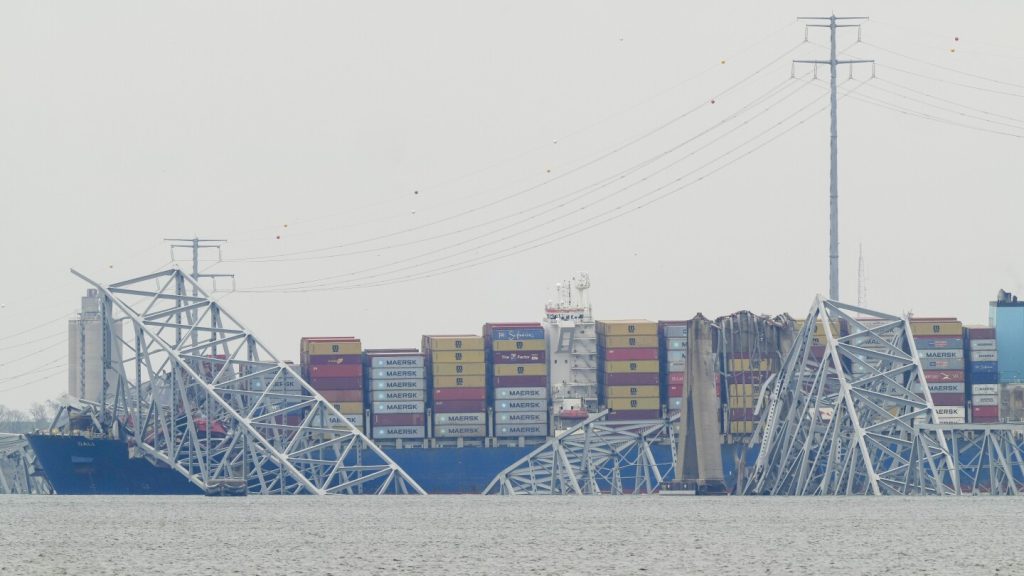The highly specialized role of ship pilots in Baltimore’s port has come under scrutiny after a tragic incident involving the cargo ship Dali crashing into a bridge, resulting in six deaths. The pilots, who temporarily take control of a ship from its regular captain, must navigate massive ships with just two feet of clearance from the channel floor, requiring them to memorize charts, currents, and other maritime variables. While the incident will raise questions about safety protocols, preliminary investigations indicate that the pilots on the Dali acted appropriately given the circumstances by sending out a mayday call and dropping an anchor to prevent further casualties.
Maritime experts believe that there was likely nothing the pilots could have done to prevent the 95,000-ton ship from crashing into the bridge, considering the immediate situation they faced. Pilots are local knowledge experts who provide commands to the bridge team for rudder and engine settings, steering courses, and other navigational aspects. U.S. pilots undergo extensive training and apprenticeships to acquire expertise in local areas, emphasizing the critical role they play in ensuring the safe passage of ships through challenging waterways like the Chesapeake Bay. The Association of Maryland Pilots, which oversees pilot operations in the region, highlights the importance of pilots in protecting the environmental and ecological balance of the bay.
The Association of Maryland Pilots has a long history of serving the Chesapeake Bay since 1640, with 65 active pilots currently on its roster. The association acknowledges the unique challenges faced by pilots in maneuvering large container ships through narrow channels in Baltimore, emphasizing their role in safeguarding against potential environmental risks. Pilots are highly compensated for their responsibilities and risks, often making multiple trips in a day by boarding outbound and inbound ships. The incident involving the Dali highlighted the quick decision-making required by pilots in emergency situations, as they had less than five minutes to react before the ship collided with the bridge.
Captain Allan Post, the deputy superintendent of the Texas A&M Maritime Academy, compared a ship’s captain to a general practitioner and a pilot to a surgeon, emphasizing the specialized skills and knowledge required for piloting. Post commended the actions of the pilots on the Dali, stating that they did what they could with the resources available on the ship to avoid the collision. The National Transportation Safety Board’s preliminary timeline outlined the sequence of events leading to the crash, highlighting the limited time the pilots had to respond. The association expressed gratitude to first responders and offered condolences to the families of the victims, emphasizing the commitment of pilots to ensuring safety and environmental protection in the region.
The incident has raised broader questions about ship and port safety protocols, prompting a closer examination of the roles and responsibilities of pilots in navigating through challenging waterways. Despite the tragic outcome of the Dali crash, experts believe that the pilots acted in accordance with their training and experience to mitigate risks and prevent further harm. The unique challenges of piloting in Baltimore’s port underscore the critical role pilots play in maintaining maritime safety and environmental protection. As investigations continue to unfold, the focus remains on enhancing safety measures and protocols to prevent similar incidents in the future, while acknowledging the dedication and expertise of ship pilots in ensuring the safe passage of vessels.


